FoodNoms
Growing up, I was a jock who was secretly a nerd. I played sports year-round and even conned my way into having an independent study gym class my senior year.
That level of physical activity plus a teenage metabolism meant that there would be no consequences for having a three-course cheesecake meal at The Cheesecake Factory with my friends.
Unfortunately, after my athletic career ended and my metabolism changed, my eating habits didn’t, and I gained approximately 50 pounds over the next 15-ish years.
Behavior Change is Hard
Ironically enough, my interest in sports meant that I actually spent my undergraduate career studying athletic performance and exercise science. I have several textbooks on the shelf behind me, filled with knowledge about health and physical fitness.
But that knowledge didn’t stop me from gaining 50 pounds.
It turns out, doing the right thing is different than knowing what to do.
Interventions Need to be Easy
That being said, one of the oldest strategies for weight management is keeping a food log. The act of logging makes people more conscientious about their consumption, and the aggregation of data over time can show trends in behavior.
While food logging is a time-tested and scientifically proven tool, keeping a food log can be tedious, and processing the resulting data can be difficult.
As such, it is easy to instead just do some mental calorie counting and deceive yourself into thinking that you are eating a well-balanced diet and ending each day calorically neutral.
But then you gain 50 pounds in 15 years.
If only technology could solve this problem for me…
Enter FoodNoms 1
I have tried a few calorie counters over the years (myfitnesspal and Fooducate come to mind), but, for whatever reason, I bounced off of the habit pretty quickly.
Then, in November of 2019, I picked up FoodNoms, probably inspired by a review on some Apple-focused website.
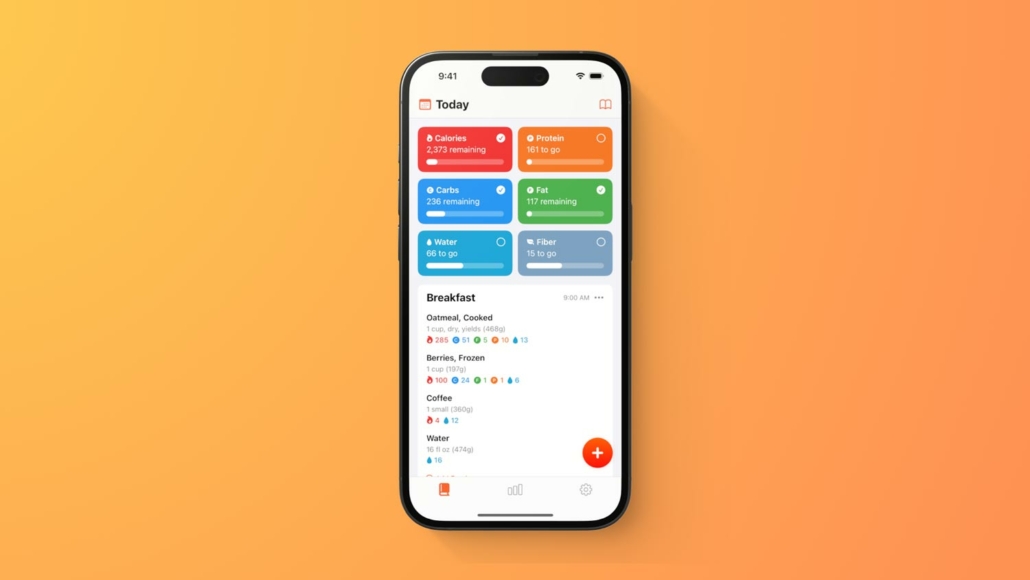
Then and now, I really like the design of the app. For me, it strikes a perfect balance of information and structure without being overwhelming.
But if I am honest, I slid off of the calorie-tracking habit once again. Even though FoodNoms was much more enjoyable to look at and use than the other apps I had tried, there was still a little too much friction. The food library was too small, and I was manually entering a lot of nutrition information.
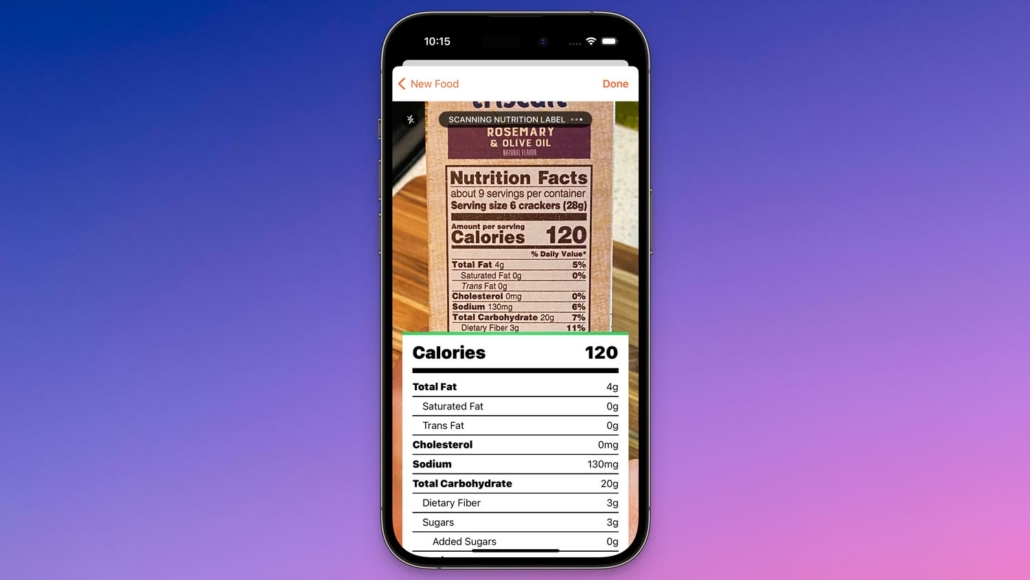
Granted, the nutrition label scanner is pretty awesome and helped a lot. If you scan the barcode of a product, FoodNoms will load its nutrition information, but if FoodNoms doesn’t have the information in its database, it will use your camera to read the nutrition label and prepare a new entry in the database for you prefilled with all the information from the label. Neat.
But, like I said, I didn’t stick around.
Enter FoodNoms 2
About a month ago, I decided to try again, and I finally love a calorie-tracking app!
I don’t doubt that there is some element of being in the right headspace that is influencing my success. However, the new version of the app and the growth of the food database took care of my concerns; I’m building a strong calorie-tracking habit and enjoying it!
Two features in the app that are really helping me this time around are the recipe/meal options to easily save the homecooked meals that are in my rotation and the Ask AI feature. Both of these help fill in the gaps that made my previous calorie tracking attempts incomplete and thus ineffective.
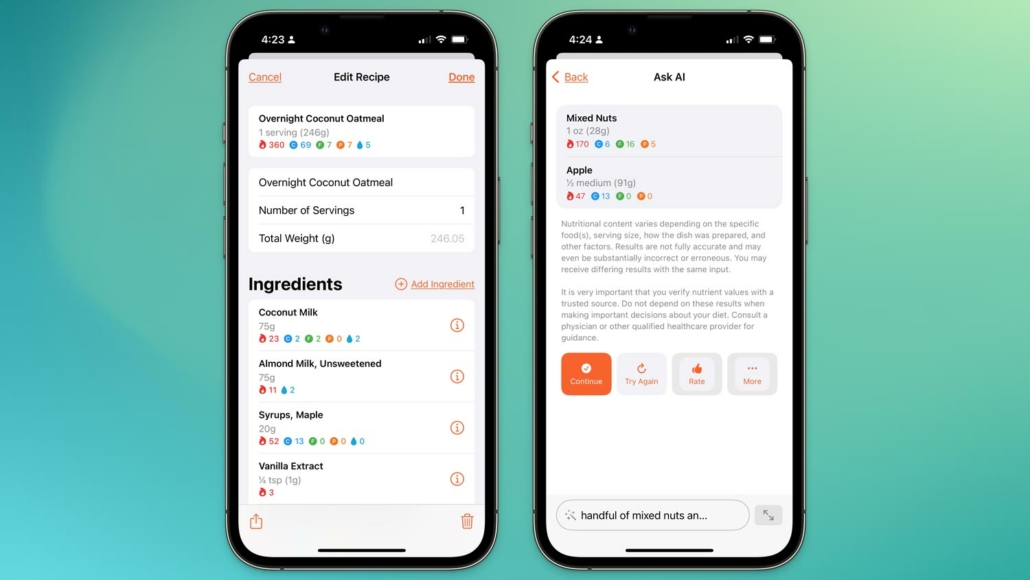
Great iOS Citizen
As a person deep in the Apple ecosystem, I love when an app is a good citizen of the platform and properly uses the features of the operating system. FoodNoms is not just a good citizen; it’s great!
Apple Health
I love that everything gets synced (in detail) to Apple Health, and any other app (that has permissions) can read this information, too. In Streaks, I have a goal to drink 128 oz of water a day. I log my water consumption in FoodNoms, which saves it to Apple Health and Streaks updates from there.
I also like that I can set my daily calorie goal to automatically adjust based on my activity level for the day, which FoodNoms can read from Apple Health. This makes workouts a little easier when I know I am “earning” a dessert tonight as well as the long-term goal of “health.”
Shortcuts
It wouldn’t be right if I didn’t take a second to mention the Shortcuts support in place. As a lover of automation, I am a big fan that FoodNoms has support for logging everything you need to, but also for getting information out of FoodNoms. So, if you wanted to pull information from FoodNoms as part of creating a new entry in Day One, you can easily do that.
I only really use one shortcut with any regularity, and it is this one to log a 32 oz bottle of water.
Widgets
Not surprisingly, there is also extensive widget support. Practically every focus mode on my phone has either my water goal or my calorie goal displayed in a widget.
This has really helped me avoid the snacking that has sabotaged me in the past since I can see my goal information on my home screen and don’t have to open the app first. Now, I am more aware of my caloric balance throughout the day, and it is easier to make good choices.
Ubiquity
And it’s not just iOS; there are Mac, iPad, and Apple Watch versions of the app, too. All of which are native and sync data via iCloud.
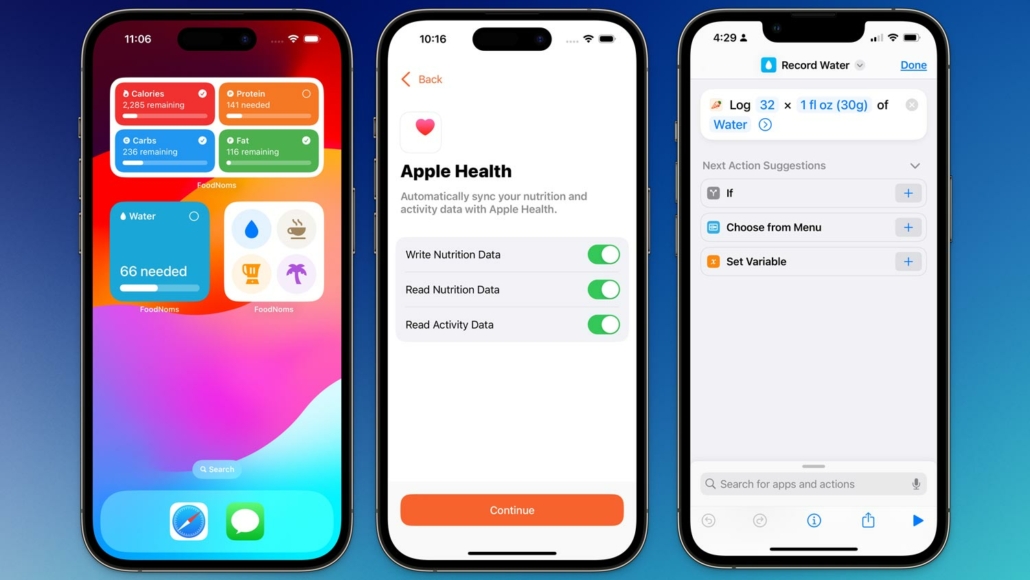
Privacy
Two things that I have started caring more about over the past few years are privacy and ads. I am happy to pay more to avoid ads or my data from being harvested.
Fortunately, FoodNoms is ad-free and uses iCloud to store all of the data, so the developer doesn’t even have access to your data. Not even an account, since the app uses Sign in with Apple.
Closure
Behavior change is hard, and while we like to think that we are always purely logical Vulcans, humans can easily lie to ourselves to avoid doing the hard work. It is important to make things like calorie tracking as frictionless as possible because, without it, it is easy to gain 50 pounds.
I am happy to have given FoodNoms a second try, and I am looking forward to keeping up this habit. I am already down a few pounds over the last few weeks, and I see a pretty clear path forward.
While I think it is worth its annual price, there is a robust free plan. Either way, I think it’s worth checking out.

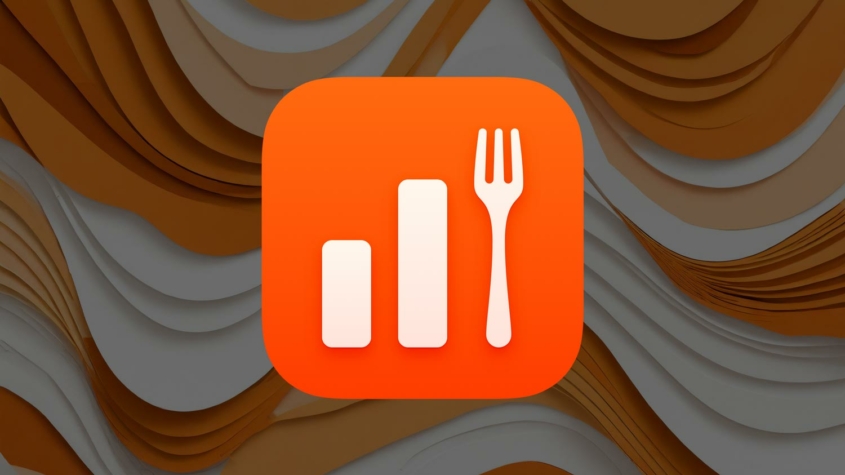



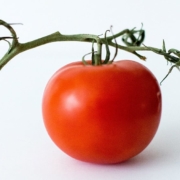






Leave a Reply
Want to join the discussion?Feel free to contribute!